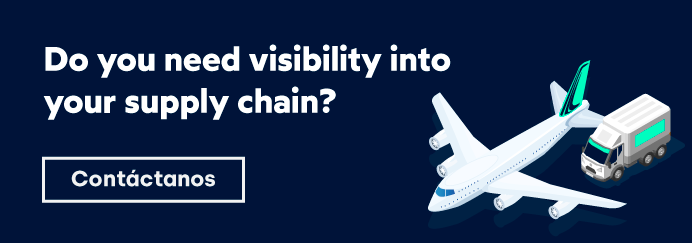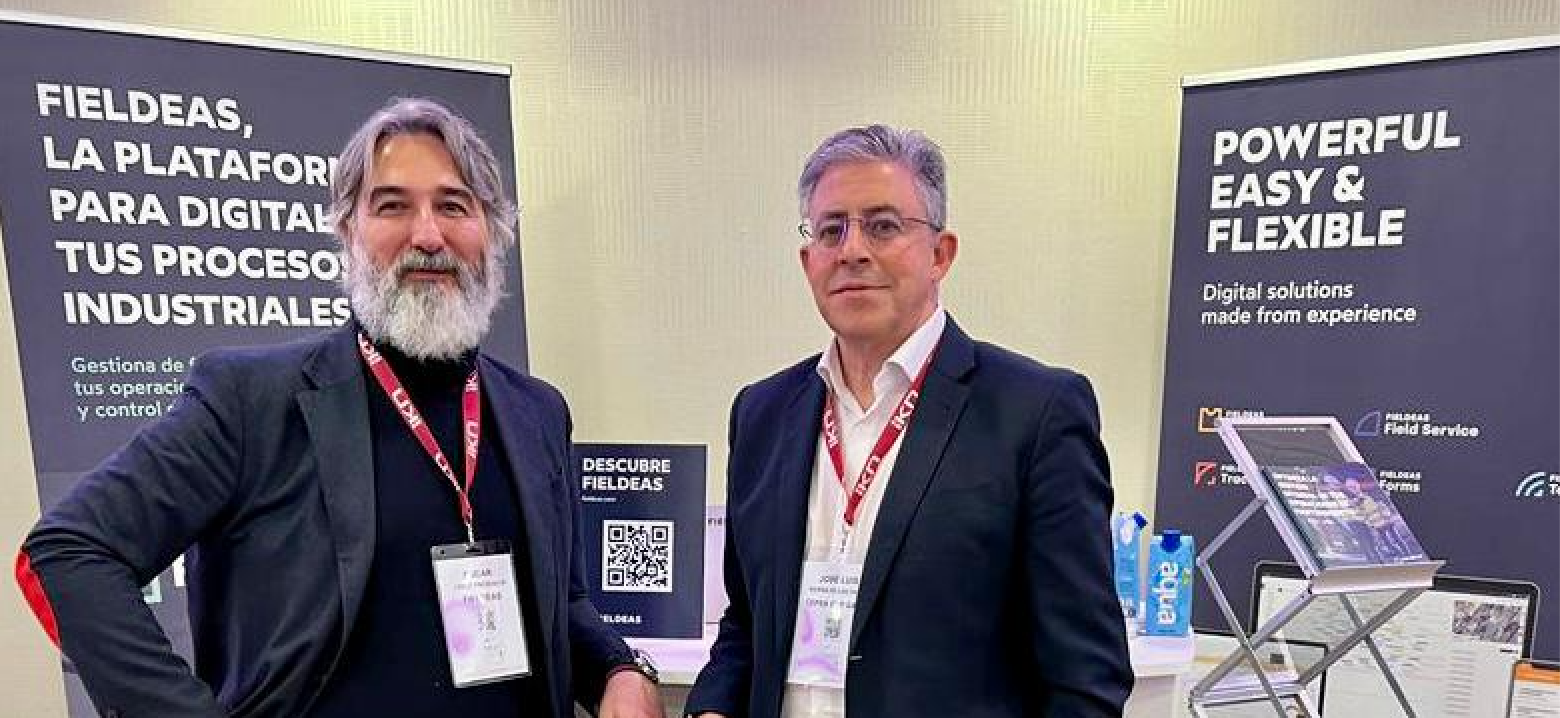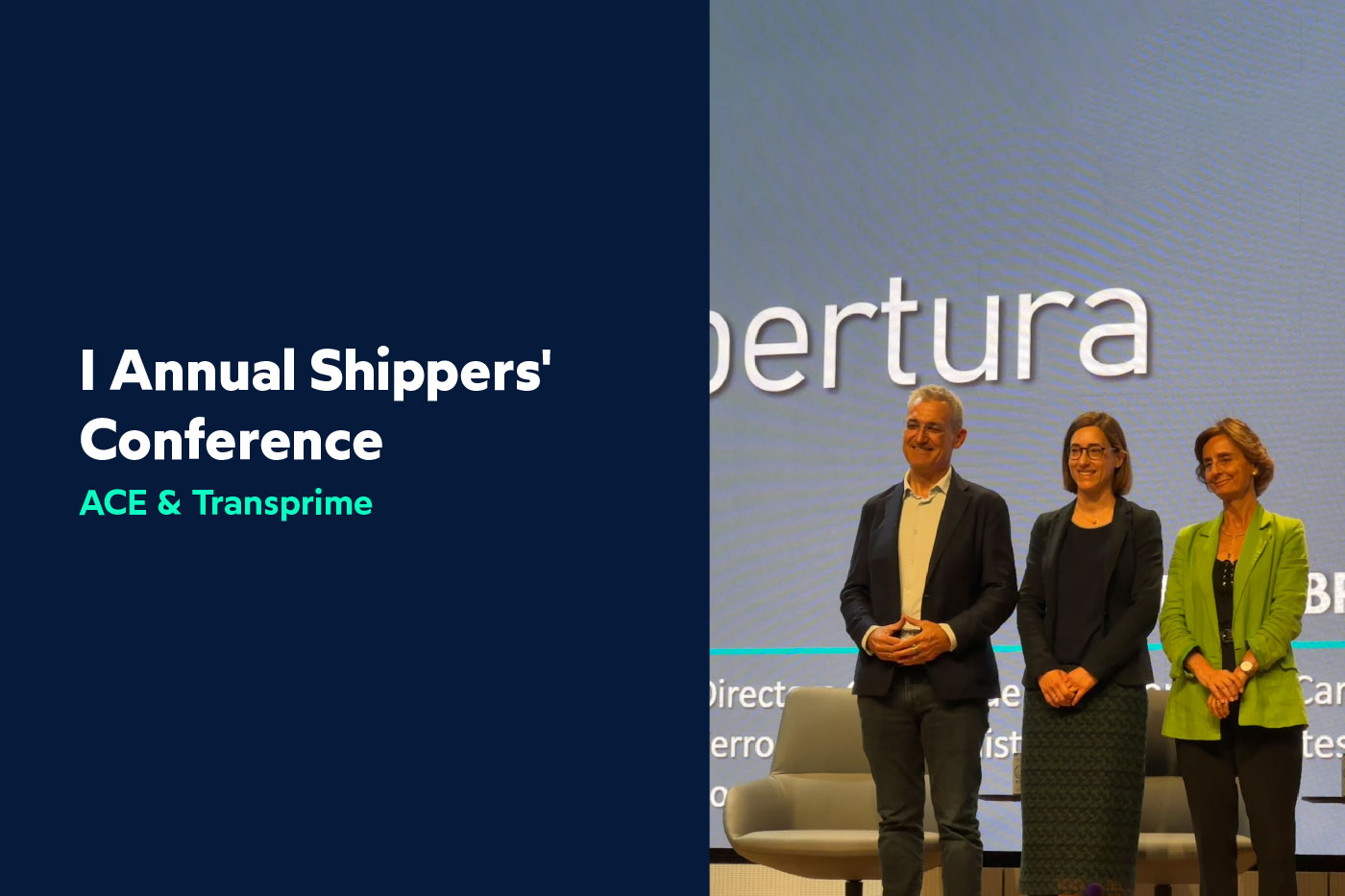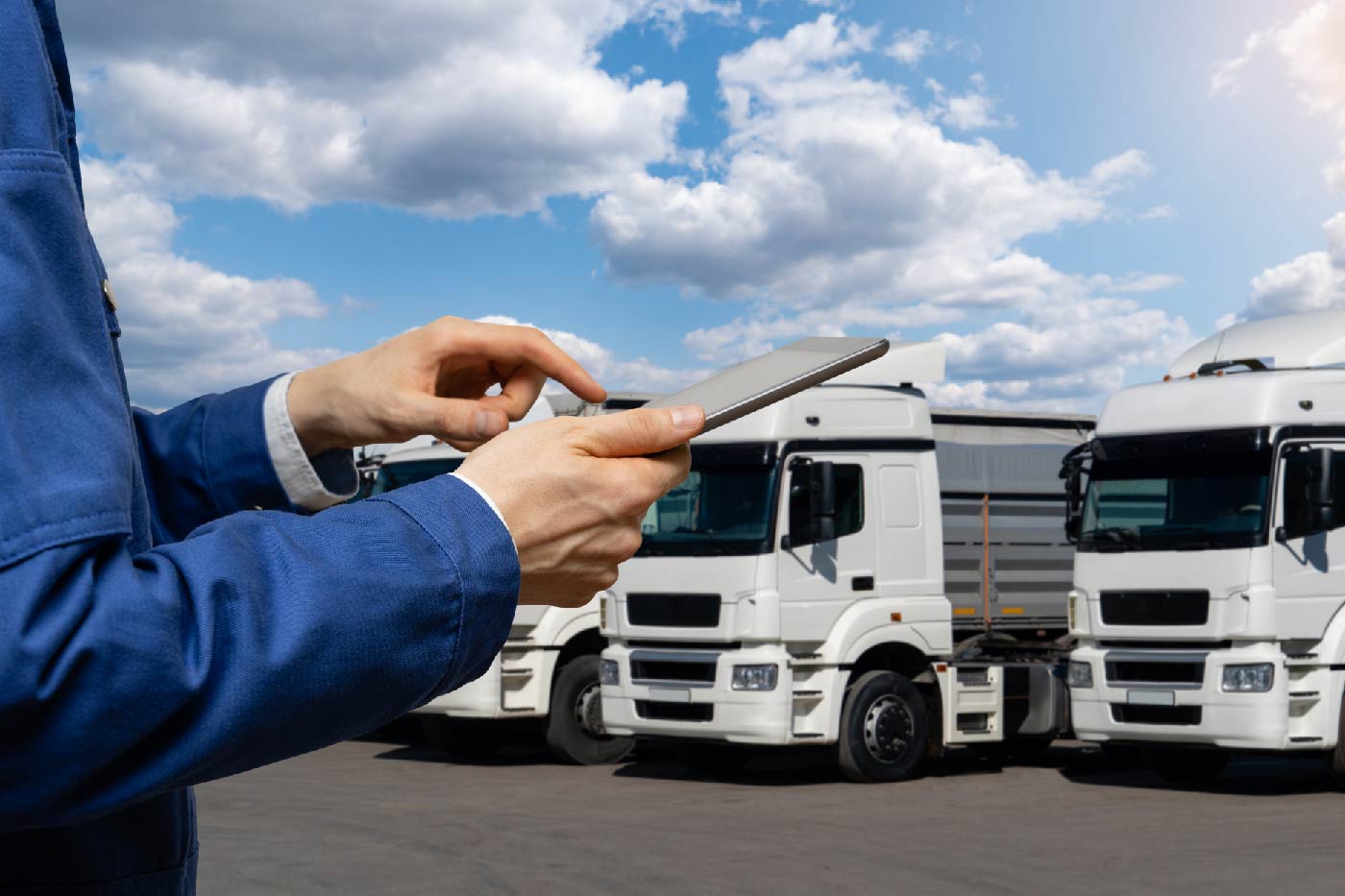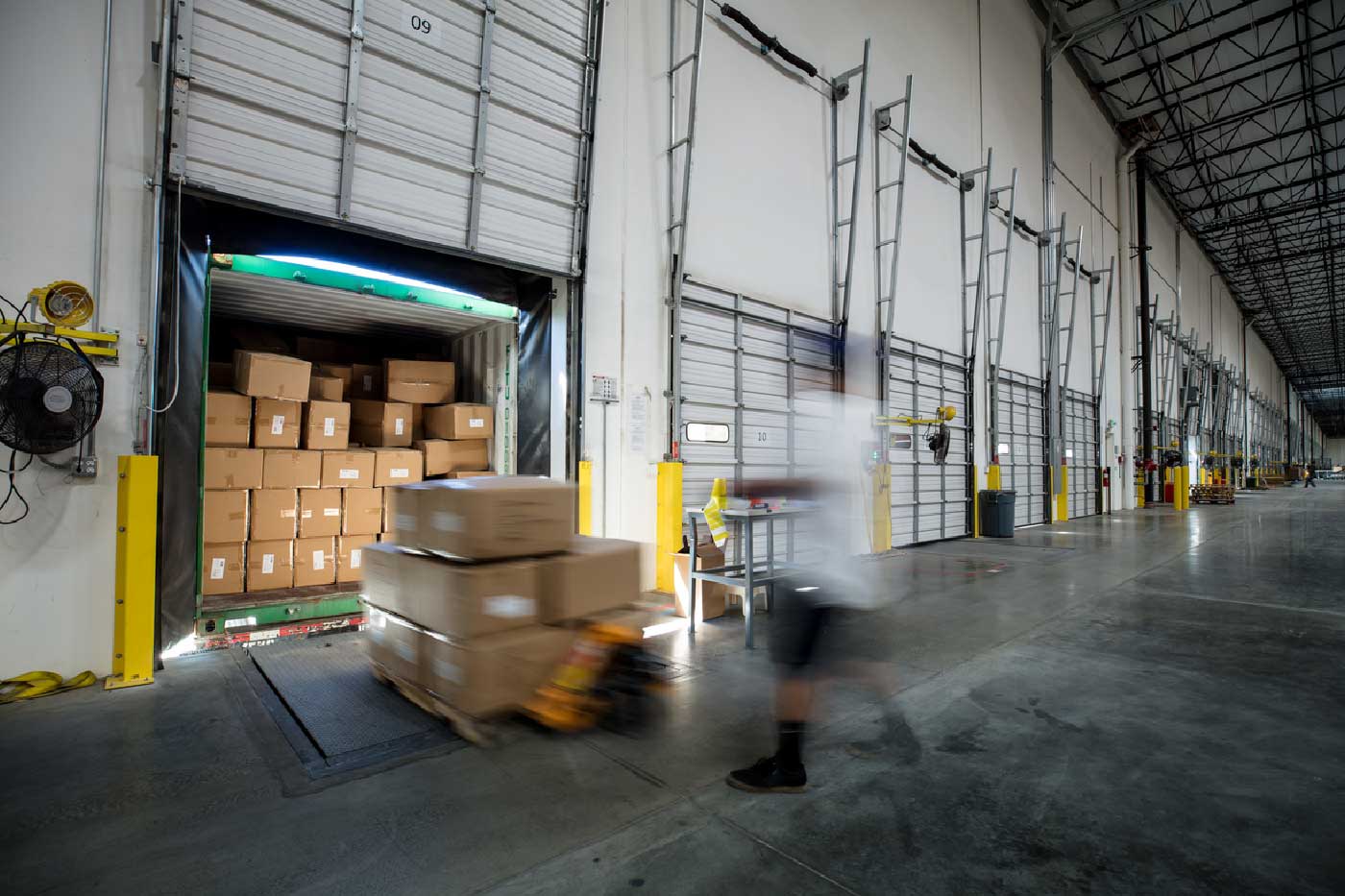José Luis Sierra, CIO of CEPSA GLP GASIB, and Óscar López, CEO of FIELDEAS, have analyzed the integral digitalization project of the transport cycle linked to the company’s gas distribution operations in the latest edition of Future Utility.
At this meeting, both executives have reviewed the main milestones of a far-reaching technological change that has yielded multiple benefits to the energy company in different areas, ranging from operational improvements to a boost in customer servicethrough reduce consumption and carbon footprintThis is a very important aspect for a company that is part of the CEPSA group.
In a round table discussion, both executives addressed the priorities in technological development and operational improvements achieved by complete digitalization and its impact on the environment.
Similarly, special attention has been paid to how the technology of the FIELDEAS Track and Trace has helped CEPSA GLP GASIB to maximize the productivity and capacity of the loading centers, as well as to optimize the tracking and traceability of the operation.The company will be able to use Machine Learning algorithms to streamline delivery processes and monitor the quality of its service, increasing its customer satisfaction ratios.
Starting point
Initially CEPSA GLP GASIB had launched a global transformation process in the company a year and a half ago. As part of this initiative, it was detected that the technological system for the control of its distribution operations did not offer the features it wanted to implement and that, in addition, it involved various technological partners, which made coordination difficult.
On the other hand, the company’s fleet is almost entirely outsourced, which creates an added difficulty related to the complexity of managing a large and diverse group of collaborators.
At the same time, CEPSA GLP GASIB’s value chain is extremely complex.The supply of energy products extends from its production plants to the end customer, and even includes the possibility of receiving en-route ordersThis may lead to alterations in shipments not initially foreseen, as well as incidents that may alter service times.
In addition, the delivery even covers the supply to hospitals, which is a critical service.

Objectives
This transformation process wasaimed at improving visibility throughout the value chain and unifying all technological development with a single supplier. In its exploration of the market, CEPSA GLP GASIB detected the work of FIELDEAS in this field and decided to implement its comprehensive visibility tool FIELDEAS Track and Trace.
The aim of this tool was to move from a scenario of little control over gas distribution operations to a radical transformation of the processes in this area, in order to obtain complete visibility of the activity.
Thus, in the first phase, what Óscar López calls a “programming model that is centralized in the company itself and provides supervision” over the transportation chain, understood in a broad sense, is established.
Results beyond expectations
The implementation of FIELDEAS Track and Trace has meant, as José Luis Sierra describes, “a radical change not only in the system, but also in the business”.
This visibility tool has implied, in the opinion of CEPSA GLP GASIB’s CIO, “an improvement that has been vital both from a technological and business point of view and, of course, from an environmental point of view, even reaching the customer himself”.
The improvement in visibility is noticeable from CEPSA LPG GASIB’s own loading centers, where the company has noticed constant and immediate improvements in tasks such as the assignment of transport routes and the efficiency of loading tasks.
Similarly, FIELDEAS Track and Trace has also completely solved one of the major problems in the management of complex goods such as energy products, such as administrative documentation.
Visibility software has reduced the use of paper and drastically facilitated the exchange of information. This, in turn, has expedited the entry and exit of trucks at its facilities, a factor that has in turn been transferred downstream in the chain to reduce transit times and provide fluidity to the routes.
As the CEO of FIELDEAS summarizes, this provides complete and centralized visibility of operations, which initially translates into service and fleet optimization, something that is relevant for the company itself and for transport partners, who seek to improve their own productivity.
In this way, synergies are generated that extend their benefits to the entire value chain in a homogeneous manner. For this purpose, CEPSA GLP GASIB provides its transport agencies with the FIELDEAS Track and Trace tool, which is very easy to use and has very visual information.
FIELDEAS Track and Trace has meant, as José Luis Sierra describes, “a radical change not only in the system, but also in the business”.
Through its visibility software, the energy company you gain full control of your distribution operationsThe company’s transport suppliers are able to optimize the time of use of their vehicles, reduce journeys and fuel consumption, as well as determine the carbon footprint of their activity, a factor of great importance for CEPSA GLP GASIB.
Change management in a multi-stakeholder chain has been essential to the success of the project.
To achieve this, the company has followed what Óscar López calls “a strategy of involvement and communication”. with a clear leadership by the energy company that has been able to involve all its transport providers by informing them of the advantages offered by FIELDEAS Track and Trace in their own activities, which include a better use of resources, vehicles and drivers, as well as achieving an excellent service.
Similarly, the ease of use of the tool and the role of FIELDEAS as a unique technology partner has also contributed to the development of a complex, deep and successful digital transformation process.
Cases like this demonstrate thatmajor technological changes can easily be developed with clear leadership such as that of CEPSA GLP GASIB and with highly specialized partners, attentive to customer needs and involved with their activity, such as FIELDEAS.
